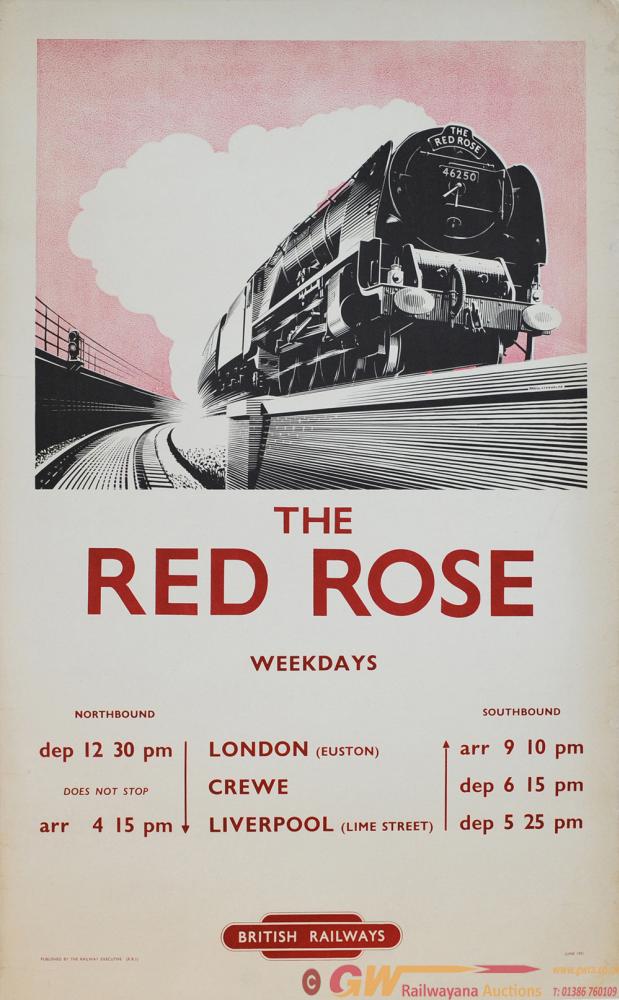I have just acquired access to the relevant timetables for the trains operating out of London over the period in question and have uploaded the relevant timetable above.
Foot says that there were three possible trains leaving Euston at 10.20, 10.35 and 12.15 which respectively arrived in Lime Street at 2.22pm, 3.25pm and 4.45pm.
However the timetable above would indicate that the 10.20 would arrive at 2.30pm, the 10.35 would arrive at 3.25pm (but this could not be Hanratty's train as it was not a direct service) and the 12.15 would arrive at 4.15pm which would have given Hanratty an extra half hour to do his many and varied tasks before getting on the Rhyl bus at 6.30pm.
I am aware that train timetables can be something of a work of fiction but in the absence of any evidence to the contrary we should assume that more or less the trains ran according to schedule.


Comment